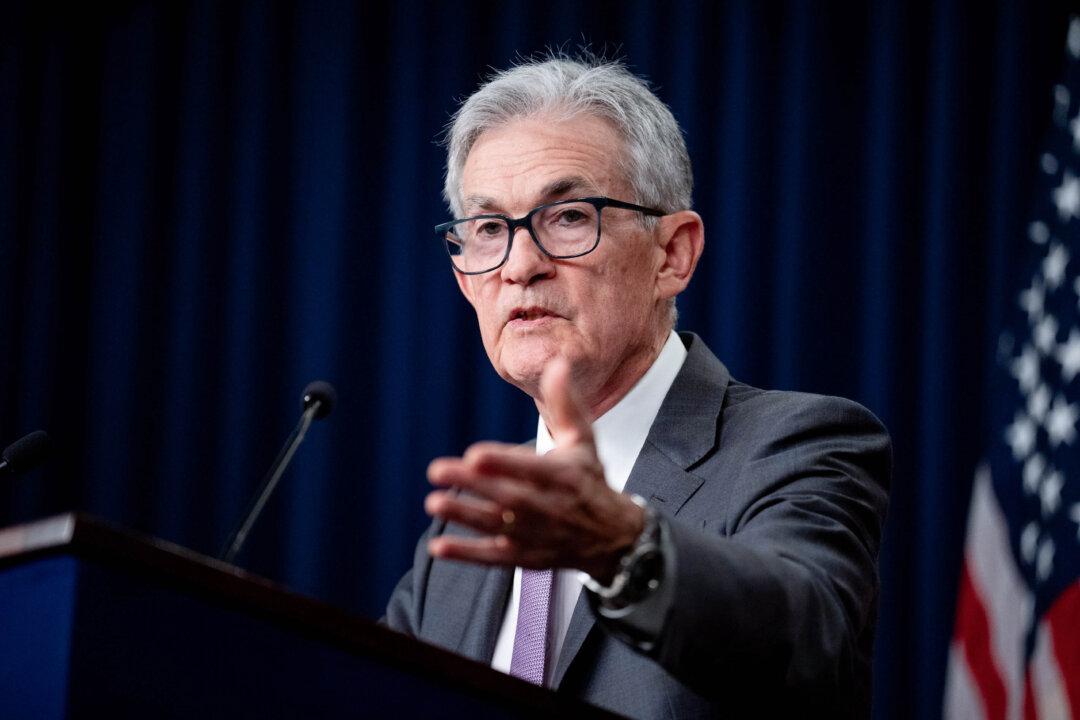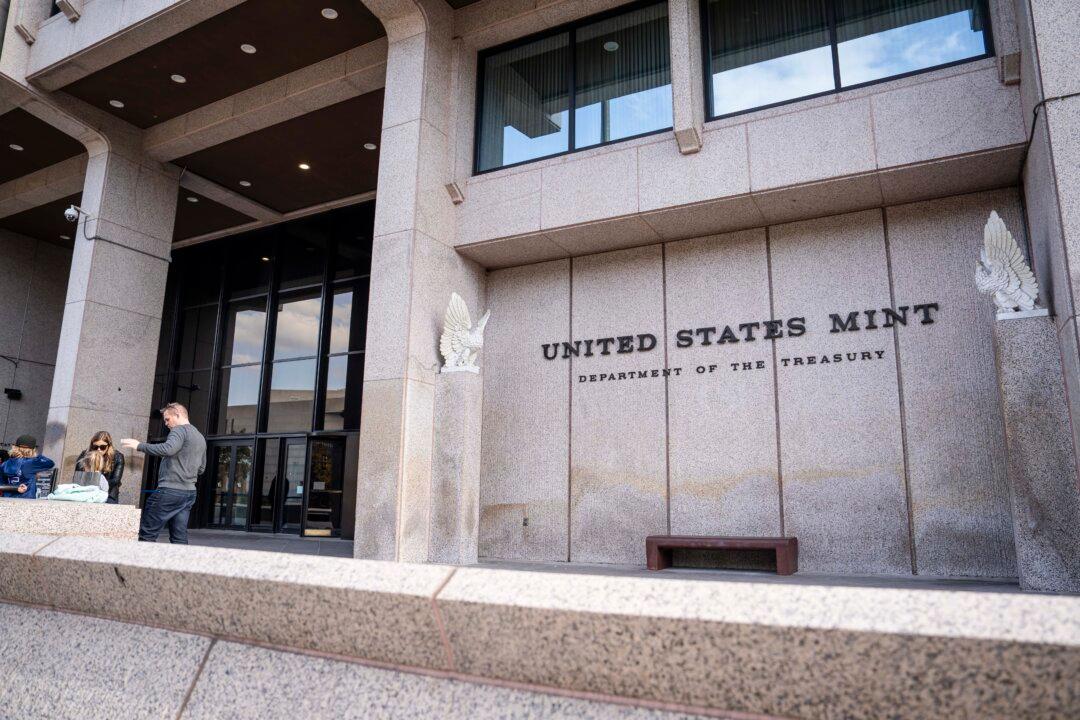Employment and inflation data have depicted an evolving situation in the U.S. economy, indicating that “the time has come for policy to adjust,” says Federal Reserve Chair Jerome Powell.
Speaking at the central bank’s annual Jackson Hole Economic Symposium, Powell gave the green light to change the institution’s monetary policy stance. He stopped short of announcing the timing and pace of interest rate cuts, reiterating that the Fed will be data-dependent.





